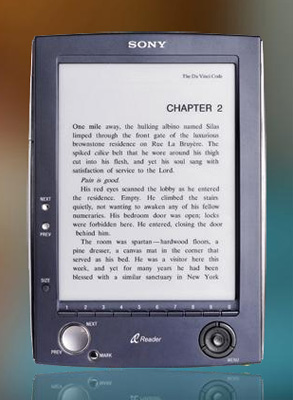As a baby-boomer I’ve long believed that I am part of the most powerful group of consumers in the history of the United States. With their huge numbers, baby-boomers (those born between 1946 and 1964) have tremendous purchasing power and the ability to be market makers for products and services. Generation X ‘ers – those born between 1965 and 1976, couldn’t even hold a candle to the population bubble created by the 75.8 million babies born during the 20 years following WWII. So when I recently attend a seminar hosted by the New York Times I was shocked to learn that for the first time in our history, the baby boomer bubble has been surpassed.
The Millennial Generation includes those born between 1977 and 1997 and, not surprisingly, many are the children of baby boomers. They number 78 million strong and as they come of age they are having an unprecedented effect on the way we conduct business and live our lives. The New York Times, always on the cutting edge, has been closely monitoring this group to determine the effect they will have on the newspaper industry. Through traditional research and focus groups they have discovered some fascinating trends, including the fact that a whopping majority (something like 85%), prefer to get their news via electronic means.

Newspaper have long been looking for better ways to deliver the news, as more people shun cumbersome ink-on-paper broadsheets in favor of pixels-on-screen. Book publishers have for years been investigating ways to sell electronic books that would be acceptable to the masses. Enter the twin new technologies of e-paper and e-ink. So what’s the difference between the two? E-paper is a rubberized, reflective substance made entirely of microscopic beads that are half black and half white. When an electronic charge is applied through a computer or wireless radio wave, the beads rotate in place, creating black words on a bright white background. The content remains on the e-paper until another charge is transmitted. Once the image is established, no power is needed until it is changed. As a result, the display requires very little power and overcomes the need for large batteries. E-ink is the liquid substance used within an electronic display device, like the Sony Reader shown in the photo below or the Philips Readius, the world’s first prototype of a functional electronic-document reader that can unroll its display to a scale larger than the device itself. Once the user has finished reading, the display can be rolled back into the pocket-size device (see the video below).
The advent of e-paper and e-ink may signal the death of newspapers and books in their traditional printed format. In three to five years we may see an electronic newspaper that can be rolled up and stuffed into a pocket. There is seemingly no end to the possible uses for e-ink and e-paper. How many of you carry a folio of family pictures in your wallet? With e-paper, hundreds of photos can be stored on one wallet-size photo and the embedded battery will last a lifetime. Newspapers are already well along in the development of technology that will pair e-ink and e-paper with connectivity like Bluetooth, wireless, or cellular broadband. Soon, everyone will carry a device that “wakes-up” whenever it senses it can connect to the Internet, automatically download the current headlines and save them to the device, then shut off to conserve power. The customer can then “read the paper” at his or her leisure and be assured it is the latest news, rather than the day old news to which traditional newspapers are restricted.
I personally have great interest in the e-ink devices. As an avid reader I am never without a book. This can be a challenge when I am traveling long term. I start out with two books and swap them when I am finished, however the books I get in return are often not of good quality, and in the case of overseas travel it is often difficult to find books in English. How much better it would be to carry a small device that rarely needs to be charged and contains dozens of full-length novels! The price tag for the Sony Reader is currently a whopping $350, but as with most new technology, the price will drop drastically as demand increases. Book clubs may be instrumental in driving the demand for this product, as they have said at some point (when the price is a bit lower), it will make sense for them to give a reader away to any new customer who agrees to buy a set number of books over the ensuing year.
And here’s one last thing I haven’t mentioned – think of all the trees we’ll save. God bless the Millennial Generation. Through the sheer power of their numbers, they’re achieving so many of the things my generation pushed for. But then, I’d expect nothing less from the children of us boomers.
UPDATE…NEWS FLASH!!! Amazon.com has just released their brand new version of an e-reader, the Kindle, which holds up too 200 books and is priced at $399.
